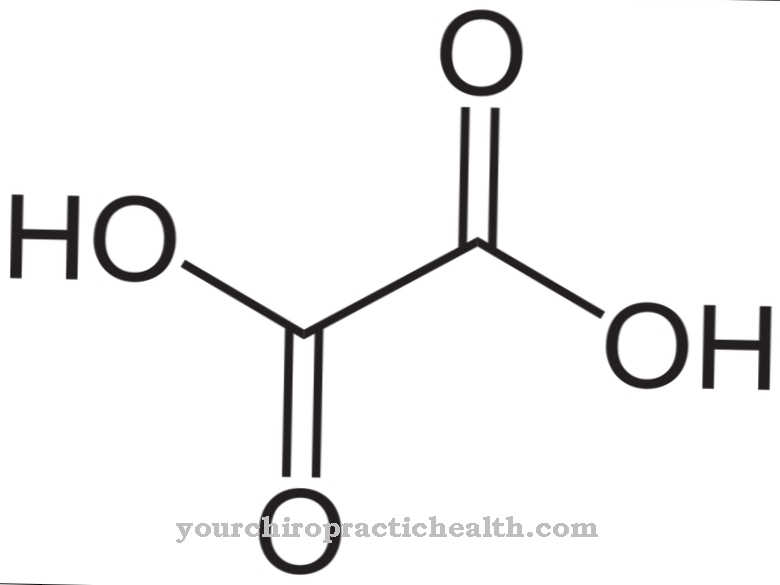As in humans, diseases in pets can be genetic or due to signs of wear and tear. Osteoarthritis, hip dysplasia, but also hyphertonic cardiomyopathy are among these Animal diseases.
arthrosis

Joints wear out over the course of life. Osteoarthritis is used when the wear and tear on the joints exceeds the normal, expected wear. Not only humans but also animals can suffer from osteoarthritis.Dogs and cats in particular, but also rabbits and guinea pigs, are affected by the pathological wear and tear of the joints.
If an animal suffers from osteoarthritis, the joints deform over a long period of time. This goes hand in hand with the wear and tear of the cartilage and often the joint capsule also shrinks. The formation of bone-like structures due to the unhealthy exposure cannot be ruled out. These can be recognized by thickened knees, elbows, shoulders, and hips.
As can be seen in the guide “Bone Diseases in Dogs”, older dogs in particular are affected by this disease. But also unhealthy stress, as a result of incorrectly healed bone fractures or an injury to the cruciate ligament can promote the development of osteoarthritis.
Cats and guinea pigs also suffer from osteoarthritis, especially in old age. At meerschweinchen-ratgeber.de you can also read that osteoarthritis can also be genetic and that being overweight or malnutrition also promotes its development. Unfortunately, there is no cure for osteoarthritis and pet owners can only try to relieve the symptoms of the disease, for example with the help of warmth.
Spondylosis
Spondylosis describes a progressive stiffening of the spine, which is due to a degenerative change in the vertebrae. The reason for this is the wear and tear of the joint ligaments and intervertebral discs, which results in a loss of flexibility. The animal's body then forms so-called spondylophytes, i.e. small growths on the vertebral bodies.
These outgrowths then connect several vertebrae together, which leads to a decrease in the mobility of the spine. Dogs and cats in particular are affected by this bone disease. The more vertebrae are affected, the stiffer the spine becomes. Affected animals lie down a lot or curve their backs high while walking. The lameness of the dog or cat can also be a sign.
Hip dysplasia
In contrast to osteoarthritis, which can basically affect the whole body, hip dysplasia is a malposition in the area of the hip or pelvis. Hip dysplasia occurs when the socket is not deep enough that the femoral head cannot hold it properly.
Again, painful bone growth is the result. As with the other diseases of wear and tear, older pets in particular are affected by hip dysplasia. If hip dysplasia is diagnosed in young dogs and cats, it is usually genetic and not due to wear and tear.
In dogs that are predisposed to hip dysplasia, food that promotes rapid growth can also promote the development of the disease. Not only large dogs and cats, but also smaller breeds can be affected by this condition. If the animal lies around a lot, does not play and tires quickly, a veterinarian should be consulted.
disc prolapse

Just like in humans, a jerky movement can be enough to trigger a herniated disc in pets. Dogs are particularly affected here, but cats are also often affected. If the animal refuses to climb stairs or can no longer be stroked on the back, this can be a sign of a herniated disc. In particular, dog breeds that have a long back, short legs and a large head for breeding reasons often suffer from herniated discs. Since this also includes dachshunds, the herniated disc in dogs is also known as dachshund paralysis.
A herniated disc, regardless of whether it is in humans or animals, occurs when the gelatinous mass protrudes between the vertebrae or is completely detached. In some cases, surgery can relieve the animal's suffering. However, depending on the extent of the operation, the animal may have severe pain after the operation and even have to learn to walk again.
Ganglio can
Gangliodoses are degenerative, fatal neurobiological diseases that can affect certain breeds of cats and are genetic. Gangliodosis is caused by an abnormal accumulation of lipids in the central and peripheral nervous system. A distinction is made between two forms of gangliodosis, namely GM1 and GM2. Korat and Siamese cats can be affected by GM1 and the occurrence of GM2 is possible in the Korat and Burma breeds.
HCM - Hypertrophic Cardiomyopathy

HCM stands for Hypertrophic Cardiomyopathy and is a disease of the heart. While HCM is common in cats, it is rare in dogs. This disease is a pathological thickening of the heart muscle inward.
HCM can be hereditary, as at least US studies on Maine Coon cats have shown. The first symptoms usually appear between the ages of nine months and five years. Animals affected by HCM are not very resilient, often have accumulations of fluid in the lungs, which can lead to shortness of breath and paralysis can sometimes be observed. Although this disease cannot be cured, the suffering of the affected animals can be alleviated by the administration of certain medications, such as ACE inhibitors.
SMA - Spinal Muscular Atrophy
SMA is a disease of the nerve cells that affects the muscles. Cats and dogs can be affected by spinal muscular atrophy. The disease is very similar to that of humans (SMA III).
SMA is inherited, but both parents have to pass on a mutated gene to their offspring. The disease can be recognized around the age of twelve weeks. It manifests itself in increasing muscle swing and permanently leads to a handicap of the animal.





.jpg)
.jpg)
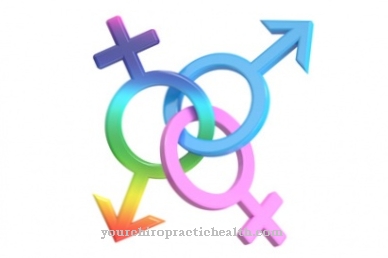

.jpg)
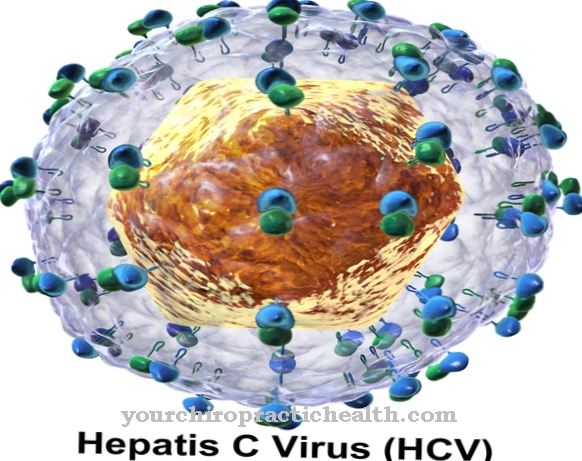
.jpg)

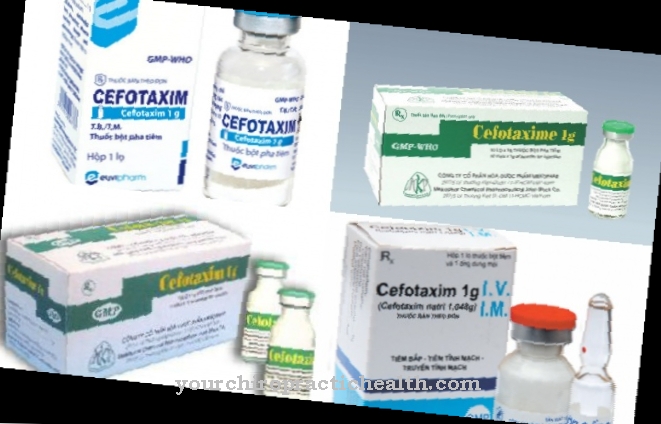


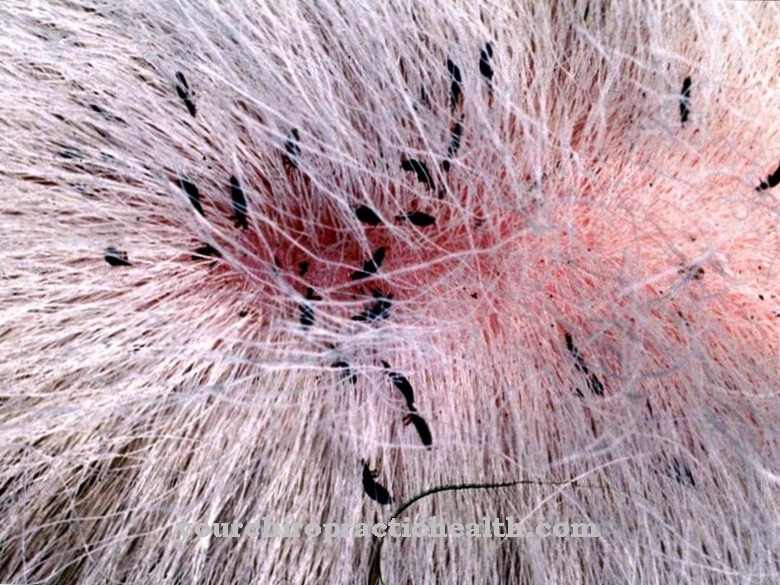


.jpg)
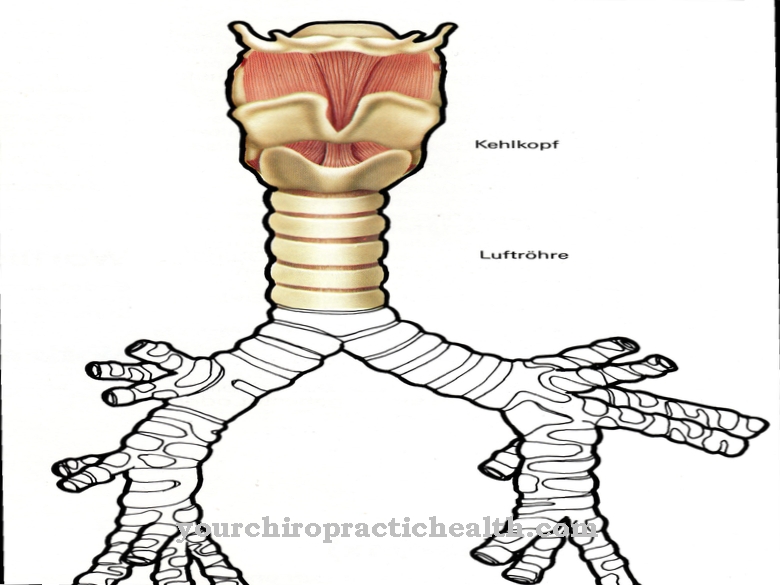


.jpg)
